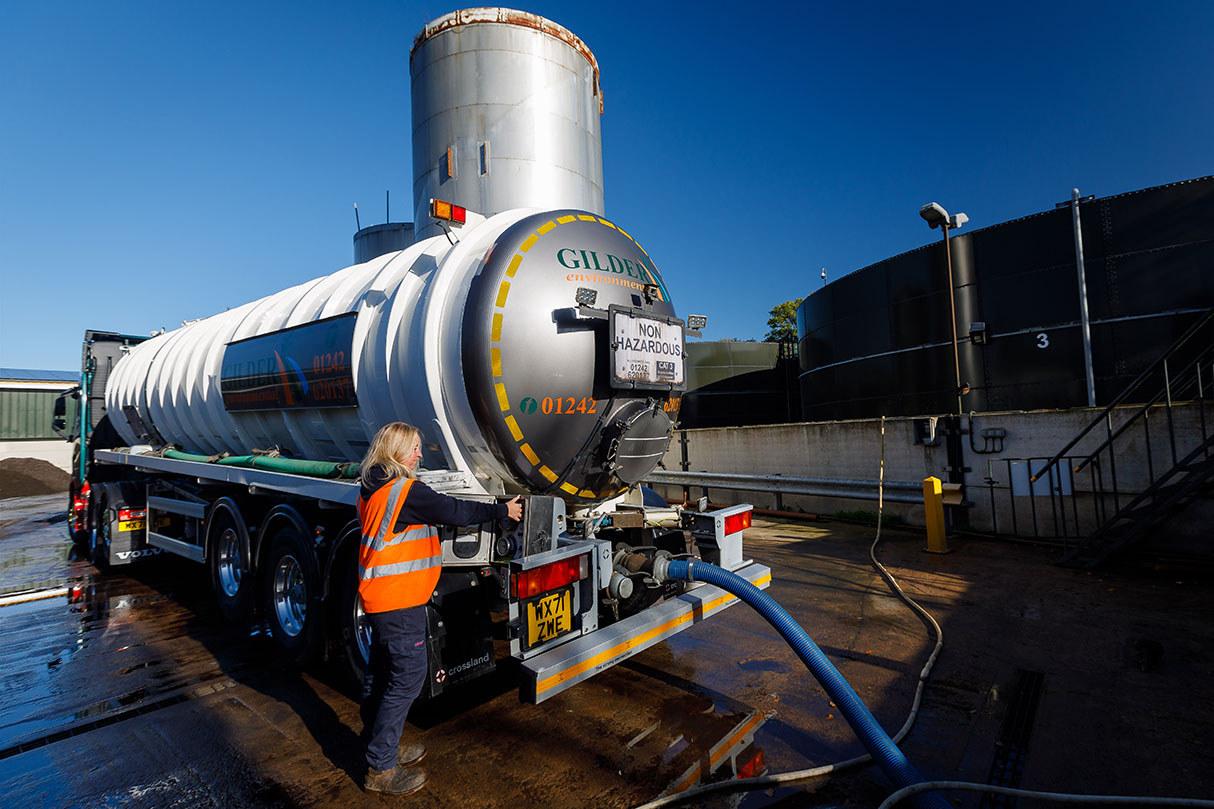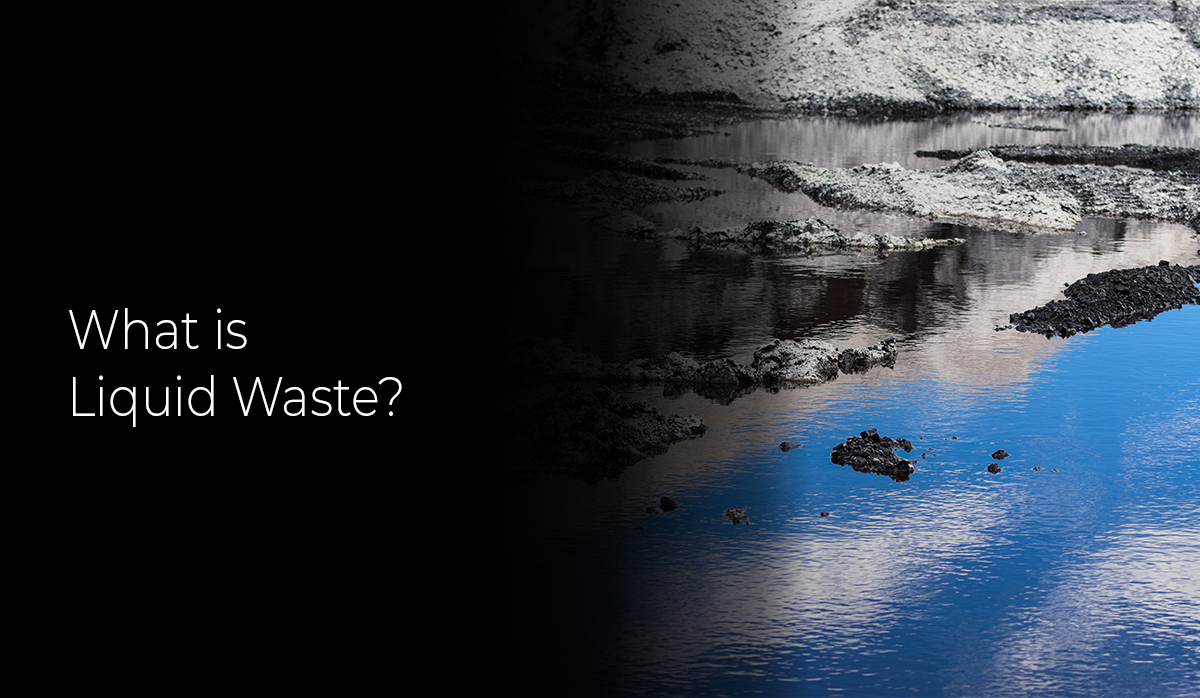Specialist Liquid Waste Removal Melbourne: Fast and Cost Effective Services
Specialist Liquid Waste Removal Melbourne: Fast and Cost Effective Services
Blog Article
Just How Fluid Waste Disposal Works: A Comprehensive Introduction of Techniques and Technologies Used

Review of Fluid Waste Types
The intricacy of liquid waste types requires an extensive understanding of their attributes and effects for disposal. Liquid waste can extensively be categorized into several types, consisting of commercial, metropolitan, agricultural, and harmful waste. Each category shows unique properties, calling for certain monitoring strategies to alleviate ecological and wellness risks.
Industrial fluid waste originates from producing processes and commonly consists of an array of impurities, such as hefty metals, solvents, and organic substances. Community fluid waste, mainly making up wastewater from families and business establishments, contains natural matter, nutrients, and pathogens (industrial wastewater treatment). Agricultural fluid waste, including runoff from ranches, might include plant foods, pesticides, and animal waste, positioning threats to water top quality and communities
Harmful fluid waste is characterized by its poisoning, reactivity, or potential to create damage. This classification includes substances like acids, bases, and particular chemicals that require strict handling and disposal methods. Recognizing these varied liquid waste kinds is essential for establishing effective disposal approaches and guaranteeing conformity with environmental policies. Proper category and characterization are important for carrying out appropriate therapy techniques and decreasing the adverse effects on public wellness and the environment.
Physical Therapy Approaches

Testing is the initial step, where bigger bits and debris are eliminated from the liquid waste making use of displays or grates. This procedure shields downstream equipment from damage and makes sure smoother procedure. Following testing, sedimentation utilizes gravitational pressure to different solids from fluids. In sedimentation tanks, heavier fragments resolve at the bottom, developing a sludge layer, while the cleared up liquid can be more treated.
Filtration is one more vital technique that involves passing the fluid via porous products, such as sand or membrane layers, to record smaller sized bits. This action improves the quality of the fluid, making it ideal for subsequent therapy procedures.

Chemical Therapy Methods
Chemical therapy strategies are necessary for successfully taking care of liquid waste, particularly in attending to liquified and colloidal pollutants that physical techniques may not properly get rid of. These techniques use different chemical representatives to neutralize, speed up, or change hazardous materials into less damaging forms.
One important site typical method is coagulation and flocculation, where chemicals such as alum or ferric chloride are contributed to promote the gathering of put on hold particles. This process improves sedimentation, allowing for much easier removal of the resulting sludge. In addition, oxidation processes, utilizing representatives like chlorine or ozone, are employed to break down complicated organic substances and pathogens, making the waste much safer for discharge or more therapy.
Neutralization is another crucial method, which readjusts the pH of acidic or alkaline waste streams to neutral degrees, preventing potential harm to downstream systems and the environment. Additionally, advanced oxidation processes (AOPs) use combinations of oxidants and ultraviolet light to break down consistent contaminants, attaining a greater degree of therapy performance.
Biological Therapy Processes
Organic treatment procedures play an essential duty in the management of fluid waste by using microbes to disintegrate natural matter and minimize impurity levels. These processes can be extensively categorized right into aerobic and anaerobic treatments, each using details microbial areas to accomplish reliable waste degradation.
Aerobic treatment involves the use of oxygen to facilitate the failure of natural materials by bacteria. This procedure is generally carried out in article triggered sludge systems, where aeration containers give a helpful atmosphere for microbial growth, resulting in the oxidation of organic toxins. The resultant biomass can be divided from dealt with effluent with sedimentation.
On the other hand, anaerobic treatment occurs in the lack of oxygen, depending on different bacteria to damage down raw material. This method is particularly advantageous for high-strength waste, as it creates biogas, an eco-friendly energy resource, while lowering sludge production. Technologies such as anaerobic digesters are often employed in community and industrial applications.
Both cardiovascular and anaerobic organic treatments not just lessen the ecological influence of fluid waste yet additionally facilitate resource healing, making them important elements of sustainable waste administration approaches. Their performance, flexibility, and effectiveness sustain their extensive implementation throughout various fields.
Emerging Technologies in Disposal
Innovative strategies to liquid garbage disposal are quickly evolving, driven by developments in modern technology and an increasing focus on sustainability. Amongst these emerging innovations, membrane layer bioreactors (MBRs) have gotten traction for their ability to combine biological treatment with membrane filtration, resulting in top quality effluent that can be reused in different applications. MBRs allow smaller footprints and a lot more effective procedures compared to standard systems.
One more appealing advancement is using anaerobic food digestion incorporated with nutrient recuperation hop over to these guys modern technologies, which not just deals with fluid waste yet likewise produces biogas and recuperates useful nutrients like nitrogen and phosphorus. This double benefit improves resource effectiveness and minimizes ecological impact.
Additionally, advanced oxidation processes (AOPs) are being embraced for the degradation of complex organic contaminants. These approaches use effective oxidants and drivers to damage down pollutants at the molecular degree, offering an extremely efficient remedy for challenging waste streams.
Furthermore, the combination of synthetic intelligence and maker understanding in waste monitoring systems is maximizing functional effectiveness and predictive maintenance, leading to minimized prices and improved ecological conformity. These modern technologies show a considerable shift in the direction of even more sustainable and effective liquid garbage disposal methods.
Conclusion
In verdict, effective liquid waste disposal requires a comprehensive understanding of different strategies and modern technologies. By continuously progressing these techniques, it becomes possible to deal with the expanding obstacles associated with fluid waste, inevitably contributing to environmental defense and source recovery.
Liquid waste disposal is a critical element of ecological management, needing a thorough understanding of various methods and modern technologies tailored to different waste kinds. Liquid waste can generally be categorized into several kinds, including industrial, municipal, farming, and dangerous waste. Agricultural liquid waste, consisting of drainage from ranches, might have plant foods, chemicals, and pet waste, posturing threats to water top quality and ecosystems.
Numerous physical therapy methods play a vital duty in taking care of fluid waste successfully - industrial wastewater treatment.In final thought, efficient liquid waste disposal necessitates a thorough understanding of numerous methods and innovations
Report this page